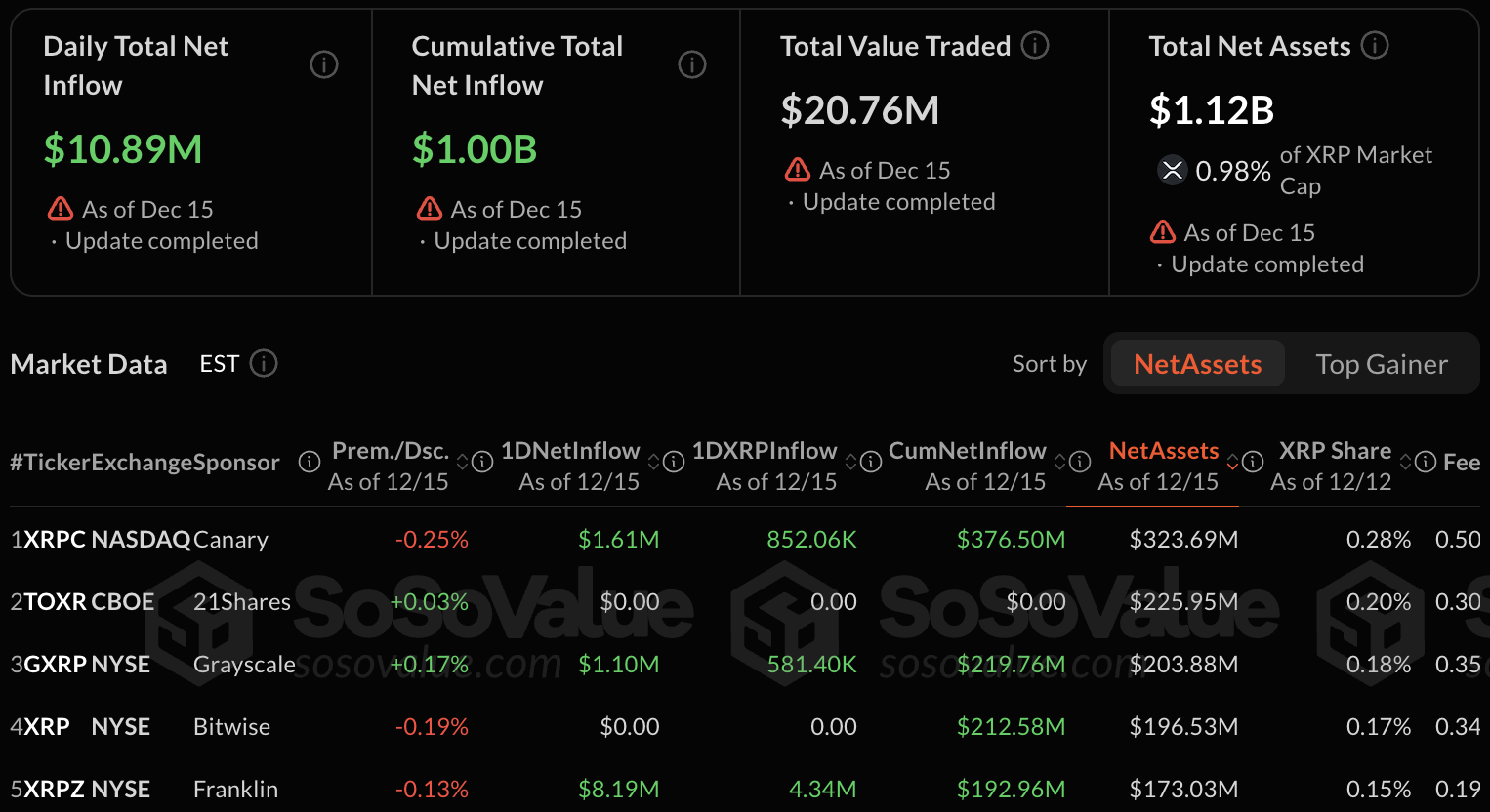Circle Launches Arc Testnet With BlackRock, Visa, and AWS — A New Era for Stablecoin Infrastructure
Circle, the issuer of USDC, the world’s second-largest stablecoin by market capitalization, has unveiled the public testnet for its proprietary Layer 1 blockchain network, ‘Arc.’ The ambitious project has garnered significant backing, with over 100 global firms participating, including BlackRock, Visa, Goldman Sachs, Amazon Web Services (AWS), and Coinbase. Building an Economic Operating System Circle
Circle, the issuer of USDC, the world’s second-largest stablecoin by market capitalization, has unveiled the public testnet for its proprietary Layer 1 blockchain network, ‘Arc.’
The ambitious project has garnered significant backing, with over 100 global firms participating, including BlackRock, Visa, Goldman Sachs, Amazon Web Services (AWS), and Coinbase.
Building an Economic Operating System
Circle announced the launch of the Arc testnet via a press release on Monday. Circle CEO Jeremy Allaire emphasized the network’s mission: “Arc provides an opportunity for all companies to build services atop enterprise-grade network infrastructure.” He stressed that the platform is designed to implement an “open, inclusive, and efficient global economic system on the internet.”
Circle released Arc as its recently introduced native blockchain. USDC traditionally relies on public chains like Ethereum for transactions. However, these networks often create high, volatile fees and unpredictable costs, which Arc aims to resolve.
Arc is unique because it utilizes USDC, the US dollar-pegged stablecoin, as its native gas token. This design offers predictable fees and an economically efficient cost structure. Circle plans for Arc to provide blockchain infrastructure that meets the stringent requirements of the financial sector, which existing public chains have struggled to satisfy.
Wall Street and Tech Giants Line Up
The Arc testnet allows experimentation with new functions in a secure environment using test assets. The system supports various financial applications, including lending, capital markets, foreign exchange, and global payments.
To achieve this, it seamlessly integrates with Circle’s existing stablecoin platform. Regional stablecoin issuers from Japan (JPYC), Brazil (BRLA), and Canada (QCAD) are currently participating in the testnet, with plans to expand to dollar- and euro-based issuers.
The testnet launch has attracted broad institutional participation. Major Wall Street firms are involved in the project, including BNY Mellon, Intercontinental Exchange (ICE), State Street, BlackRock, Deutsche Bank, Goldman Sachs, HSBC, and Standard Chartered (SC).
Technology and payment giants like AWS, Mastercard, and Visa have joined, and leading cryptocurrency exchanges like Coinbase, Kraken, and Robinhood are participating.
Circle stated its long-term plan is to transition the development of Arc to a decentralized governance system, expanding validator participation to establish a community-centric operational structure.
Why Stablecoin Issuers Want Their Own Layer-1 Blockchains
As stablecoin issuers pursue control over settlement infrastructure, Circle is not alone in building its own Layer-1 blockchain while issuing stablecoins.
Companies like Tether (with Stable) and Stripe (with Tempo) are following similar paths, seeking to escape dependence on external networks like Ethereum or Tron. By owning their base layer, these firms can directly embed compliance features, control transaction costs, and ensure predictable performance without competing for blockspace with unrelated activities.
For instance, Tether shapes the ambitions of blockchain through Stable. The company raised $28 million in seed funding to build a dedicated Layer-1 blockchain optimized for USDT transactions.
The economics make this strategy particularly compelling for large issuers. Revenue from owning the settlement layer could far exceed traditional payment processing margins. Additionally, custom chains allow implementation of KYC checks at the protocol level and enable companies to issue their own gas tokens, creating new revenue streams while reducing operational dependencies.
Technical optimization provides significant advantages for stablecoin-specific use cases. General-purpose blockchains prioritize programmability and composability, not the low-fee, high-throughput requirements of payment systems.
Purpose-built chains like Stable can offer sub-second block times, parallel execution, and guaranteed finality—features essential for real-world payments and remittances that mainstream adoption demands.
Disclaimer: The content of this article solely reflects the author's opinion and does not represent the platform in any capacity. This article is not intended to serve as a reference for making investment decisions.
You may also like
FDIC proposes stablecoin application framework rule as it moves forward with GENIUS Act
Top investors announce large-scale shorting of XRP

